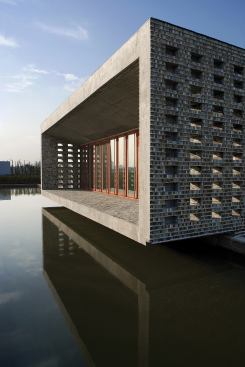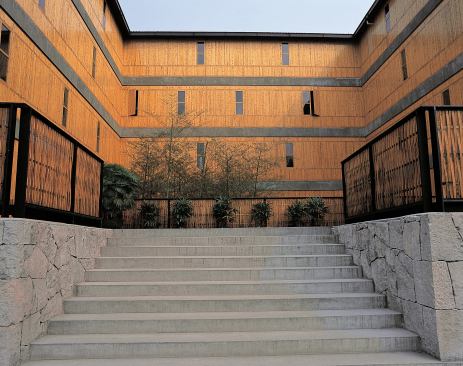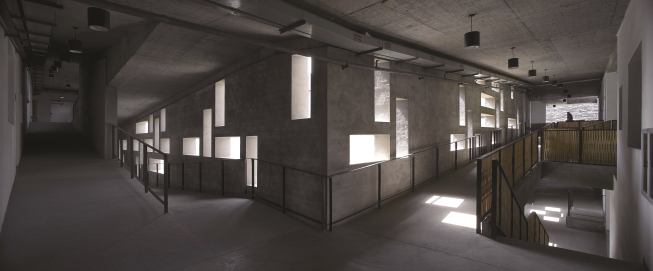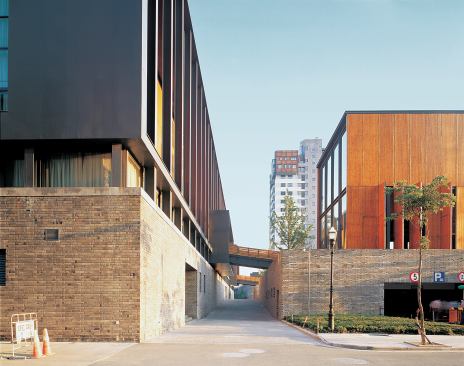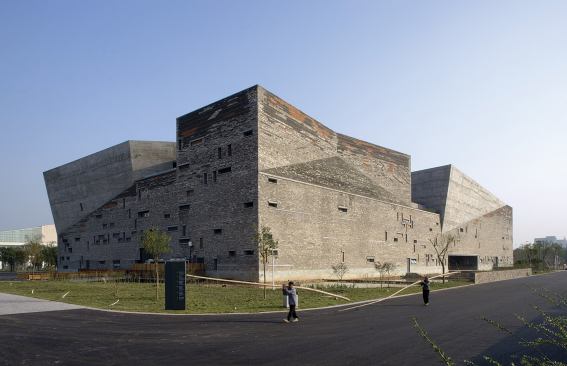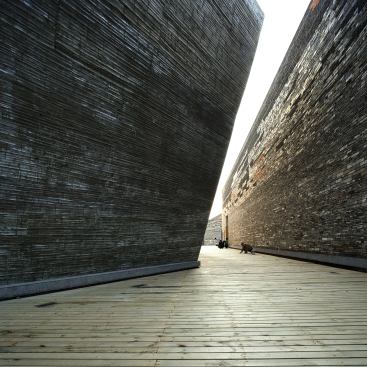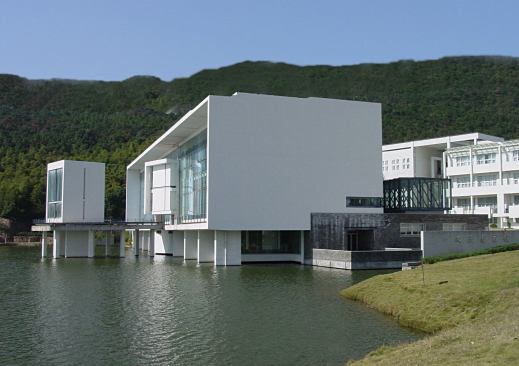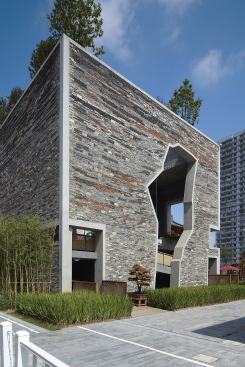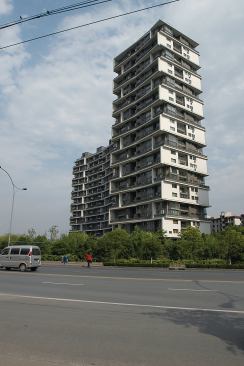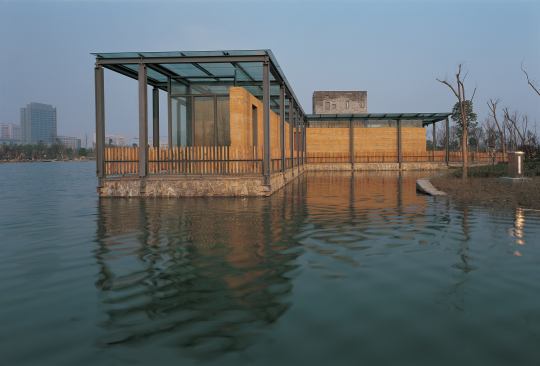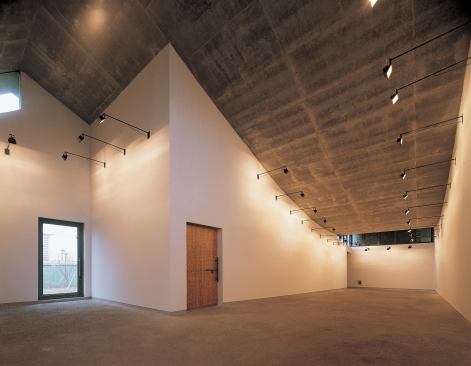Lv Hengzhong
Ceramic House
In an otherwise polite and formal ceremony, Wang delivered a surprisingly forceful speech, almost a manifesto, about practicing architecture outside the professional norms now dominant in China. He called himself an “amateur” of architecture, developing a vision based in local traditions, working with local craftsman, shaping the traditional facts on the ground rather than practicing a top-down architectural mandate. Eschewing the huge projects scaled to the needs of a country with 1.3 billion people, Wang has primarily built low-rise institutional structures, including his masterpiece, the mysterious and powerful Ningbo History Museum of 2008.
His election was highly controversial with foreign and even Chinese architects, who tweeted their surprise (and dismay) on China’s Twitter equivalent when the award was first announced: “a conclusion, not an experiment,” said one, implying the architect looked more to the past than the future. At the dinner, Thomas Pritzker commented on Wang’s hand-done sketches—the architect has been influenced by Chinese calligraphy and paintings—but noted that his young son, the next generation, thrives on his iPhone.
The disparity between Wang’s vision of a craft-based practice and the large-scale contemporary architecture lining Jianguomenwai Street became palpable— even awkward—the next day during a walking tour of Galaxy SOHO, a 3-million-square-foot shopping and office complex by Pritzker juror Zaha Hadid, Hon. FAIA, who developed the project parametrically. Surrounded by curvilinear bridges peeling off several levels of a Piranesian cluster of five beehive-shaped structures, Wang—the architect who had spoken so forcefully the day before about taking back architecture from the “professionals” had no comment—had no comment about it.
Correction: We amended the original copy to indicate that Shu is the second Chinese-born Pritzker winner after I.M. Pei. We regret the error.
